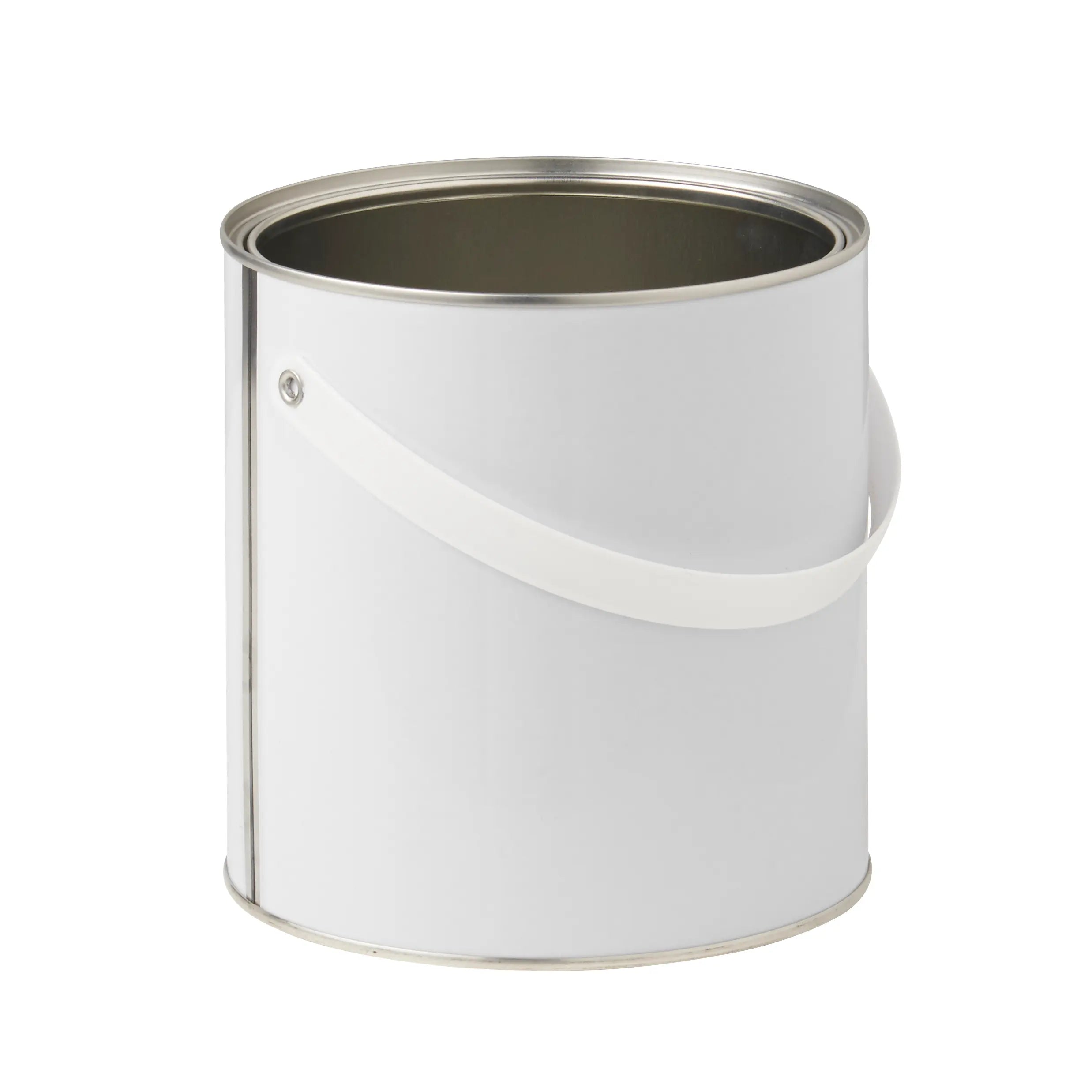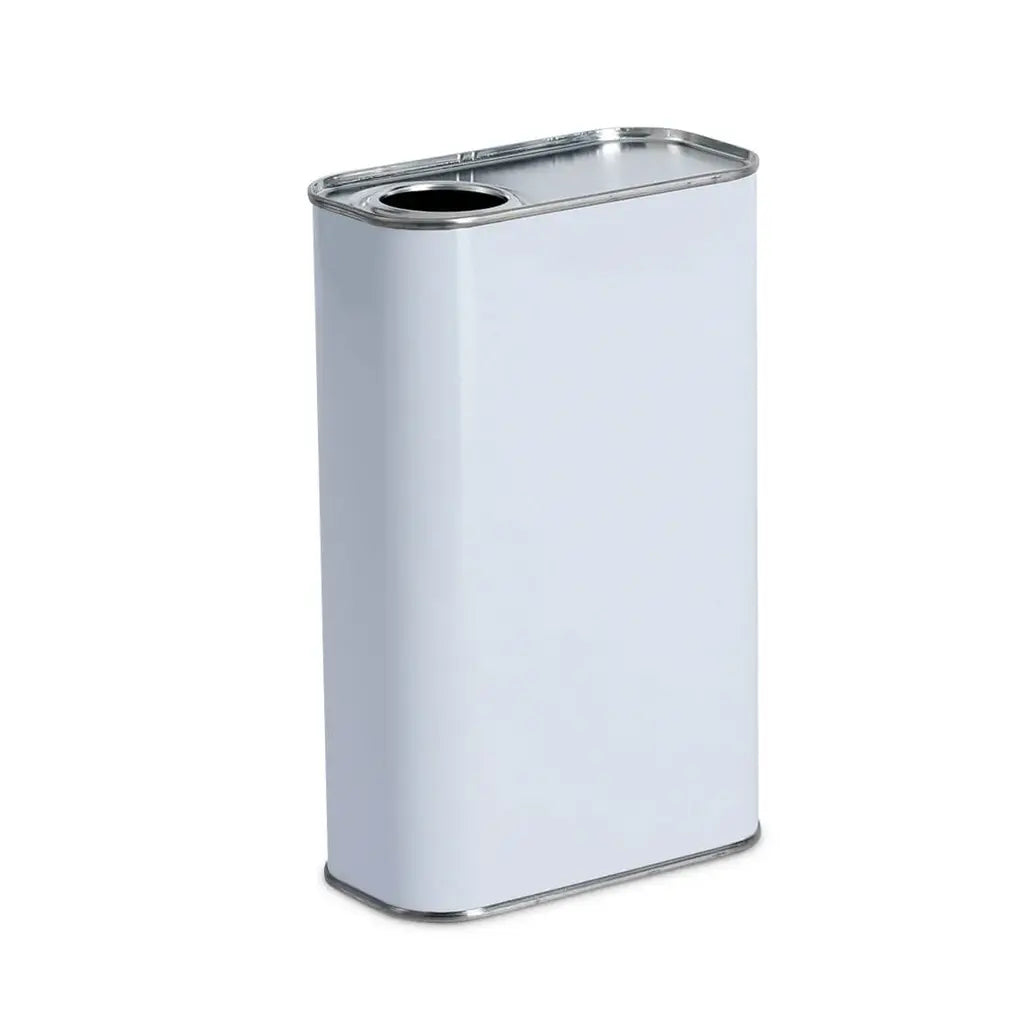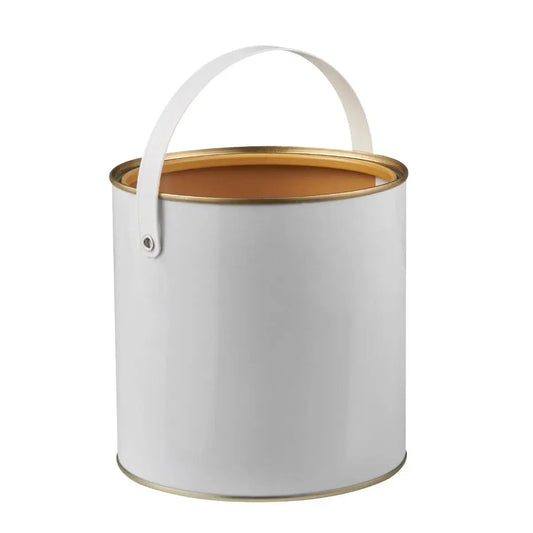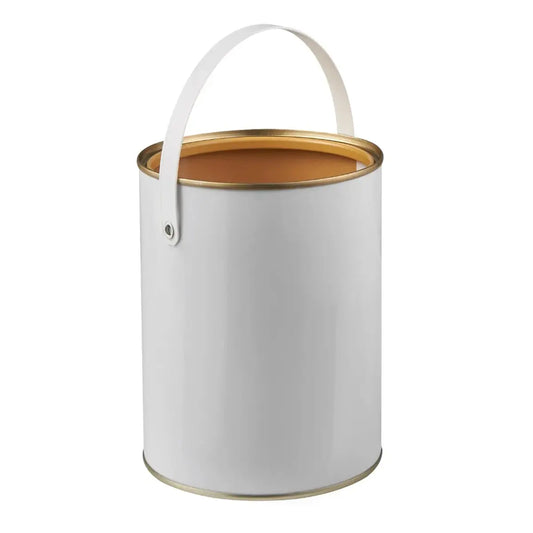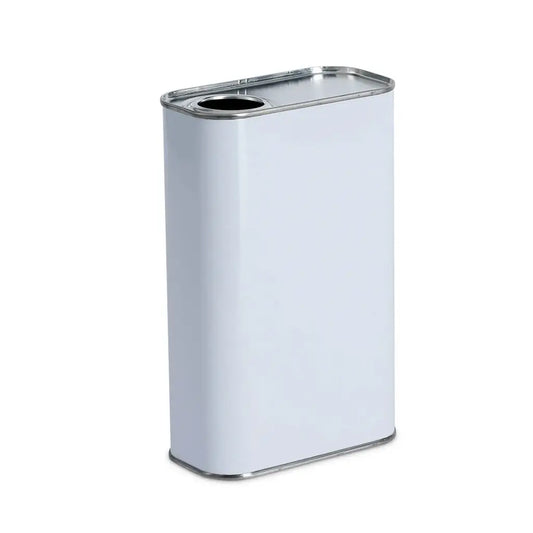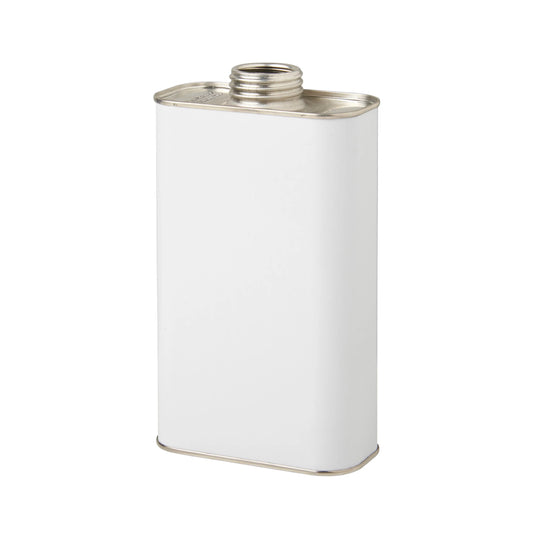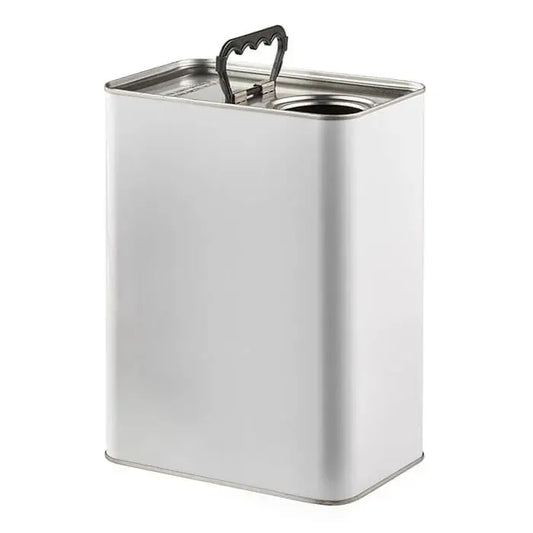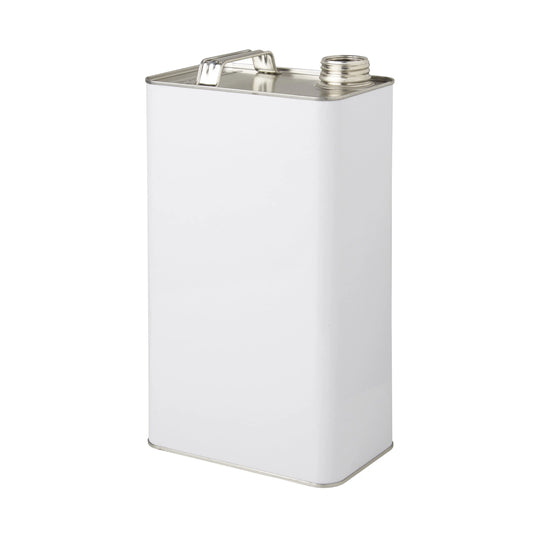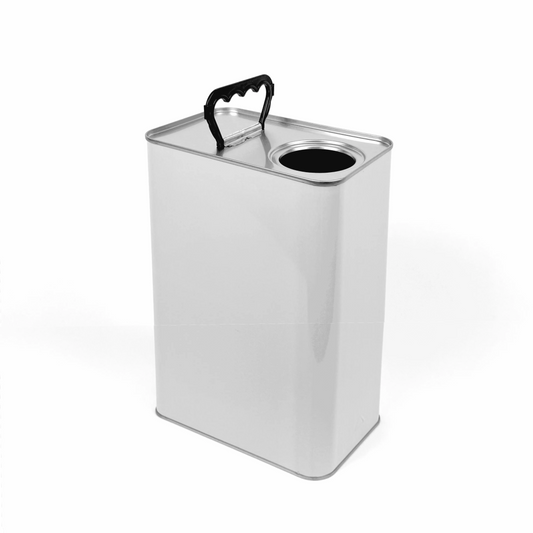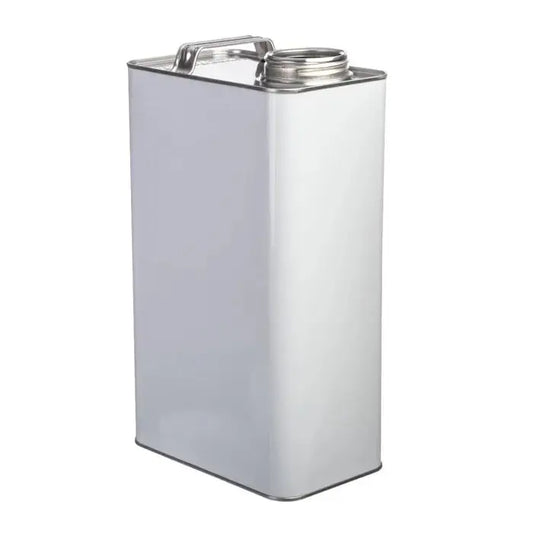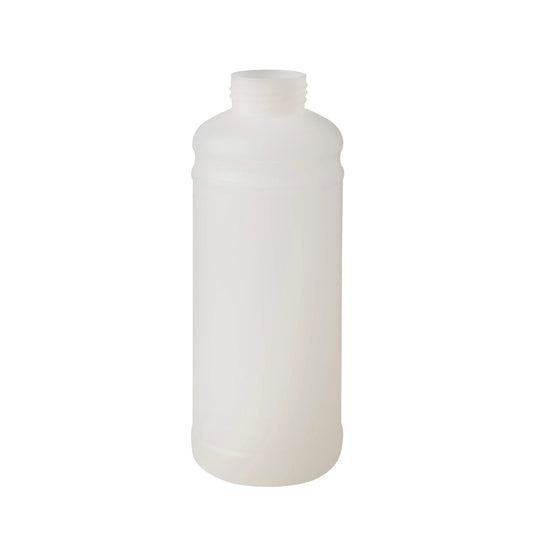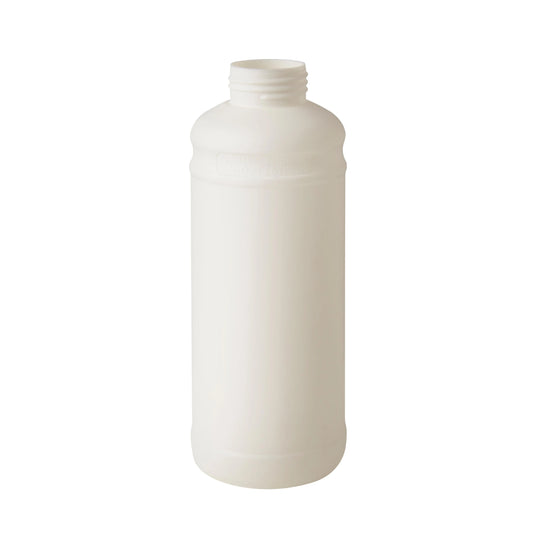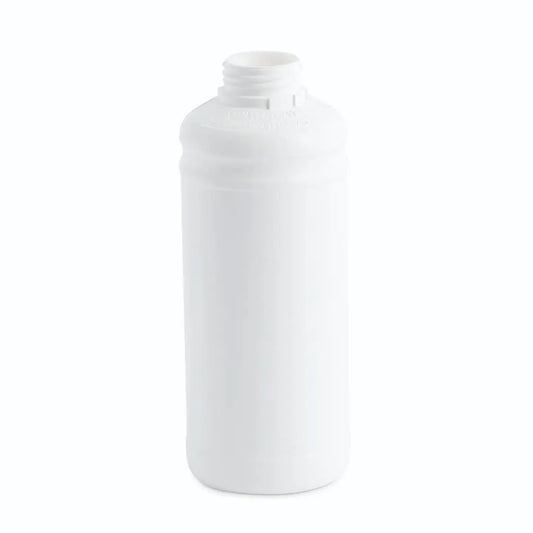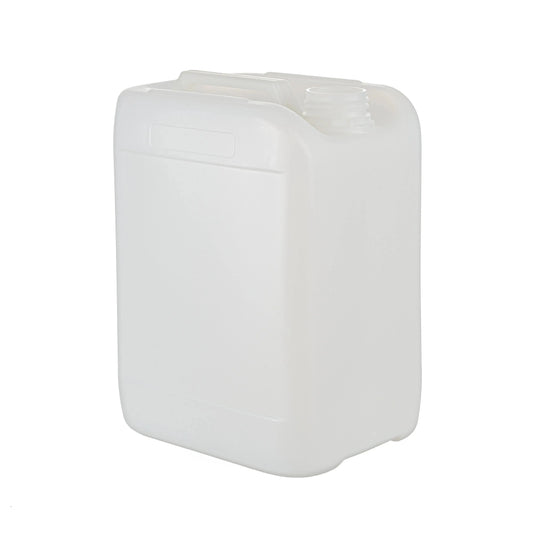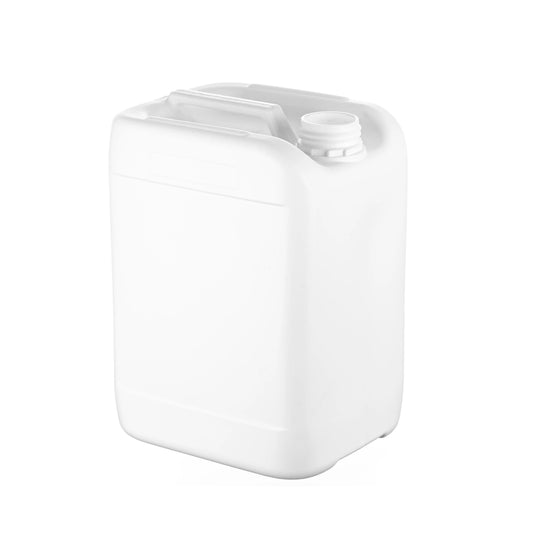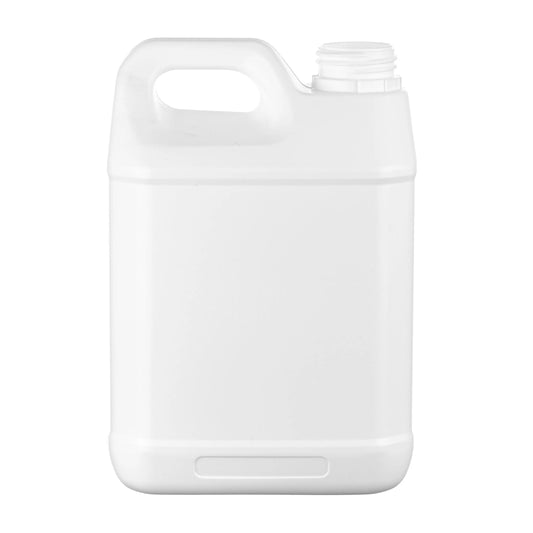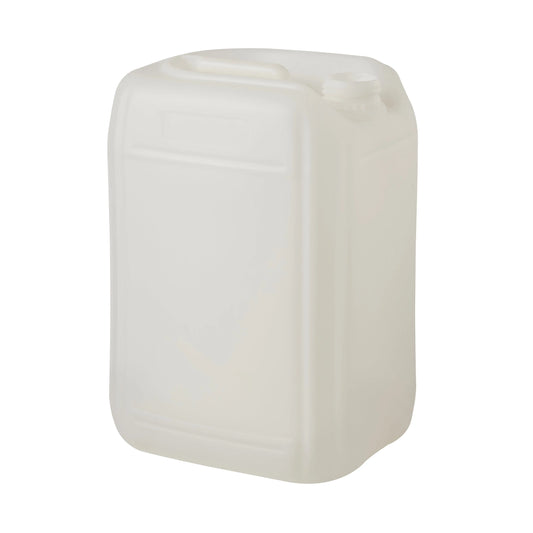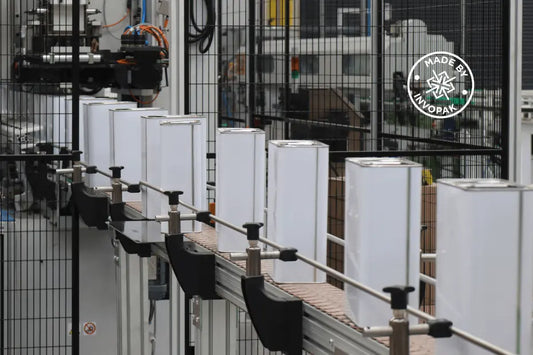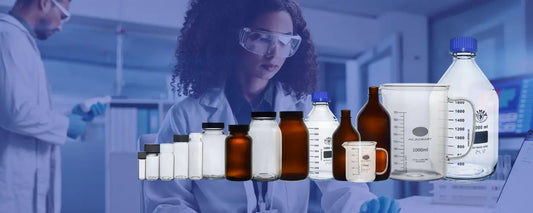Automotive coatings are some of the most technically advanced paints and finishes produced today. They must protect metal against damage and corrosion in all weathers, terrains and temperatures, and polish to a showroom shine. The array of formulations used in the automotive industry is vast, and includes everything from polyester base coats to metallic and pearlescent finishes, waxes and varnishes.
Why Packaging Matters for Automotive Coatings
The right packaging preserves and protects, ensuring that the paint stays fresh until ready to use. When it comes to automotive coatings, there are other reasons why the packaging matters, too.
Regulatory and safety requirements for automotive finishes
Many paints and finishes used in the automotive industry are hazardous. Solvent-based products and isocyanate paints are highly flammable and potentially harmful to people and the environment. This is why the packaging of these goods is regulated by the government via COSHH (Control of Substances Hazardous to Health). COSHH regulations state that hazardous goods must be stored in appropriate sealable packaging and are labelled with the contents, hazard warning symbols and instructions for use.
Hazardous goods must usually be stored in UN-approved packaging. UN packaging has passed a range of stringent durability and stress tests to ensure it remains intact under shipping conditions. UN certified metal pails, rectangle tins, and jerry cans are all practical options for storing automotive paint products. Find out more about UN packaging in this article.
There are limited quantity exemptions to this, typically for small, retail-sized volumes of paint. Further details on this can be found on the HSE’s website.
Protecting automotive coatings against air, moisture and contaminants
Automotive paints are typically applied in environmentally controlled environments to ensure a quality finish. It is equally important to keep airborne contaminants out of the paint itself, which is why packaging should have airtight closures.
Paint finishes can be spoiled if they are exposed to air and moisture before use. Airtight packaging that keeps air and moisture out elongates shelf life and ensures finishes maintain their quality. Metal tins and plastic containers with well-fitting caps and tamper-evident lids are ideal for automotive use.
Choosing the Right Containers for Automotive Finishes
There are two things to think about when it comes to automotive packaging: regulatory compliance and product compliance.
Regulatory compliance means that paints and finishes are stored in a way that follows all COSHH and HSE regulations. These are legal requirements, so failure to comply with these regulations can lead to fines, business shutdown and even criminal prosecution. However, there are other considerations beyond the legal requirements when it comes to choosing paint packaging.
Spray finishes may be hazardous, so packaging must comply with COSHH regulations
Product compliance means that the container has been product-tested to ensure compatibility. It is possible that the contents could react with the packaging material, causing them to degrade, so testing is a key part of the process. Metal packaging is a good choice for thinners and lacquers because it is highly resistant to solvent corrosion, whilst lacquered cans are a good option for water-based finishes. Fluorinated bottles and jerry cans are chemically altered through the fluorination process, which makes them more resistant to chemicals than standard plastics.
Sustainability Trends in Automotive Paint Packaging
One of the largest growth areas in automotive finishes in recent years has been in waterborne paints and more sustainable coatings. These products can be low or free from VOCs and solvents, which means they can be packaged differently, too. Recycled plastic paint tins, jerry cans, and buckets are more sustainable than standard plastic, making them a great packaging choice for non-toxic products.
Metal packaging offers the twin benefits of being suitable for solvent-based products and easy to recycle. Metal is an element, which means it can be smelted down and reused without losing any material properties or strength. It can be recycled and reused forever, making it the ultimate choice when it comes to sustainable packaging. This is one of the reasons that when we made the move to manufacturing, we chose metal.
Paint Tins that are Made in Manchester
Ordering your automotive paint tins directly from our factory means that you get fast turnaround times, great prices and a platinum-rated service on your order. The factory has multiple production lines, and we are currently producing: 2.5 litre lever lid paint tins, 5 litre paint tins, and UN approved 2.5 litre and 5 litre rectangles.
Rectangle tins being made in Invopak's Manchester factory
Printed packaging is available as an option (MOQs apply) on our Made by Invopak lines as well as our plastic packaging. Please get in touch if you have any questions or would like to find out more about packaging for automotive paint and finishes.
